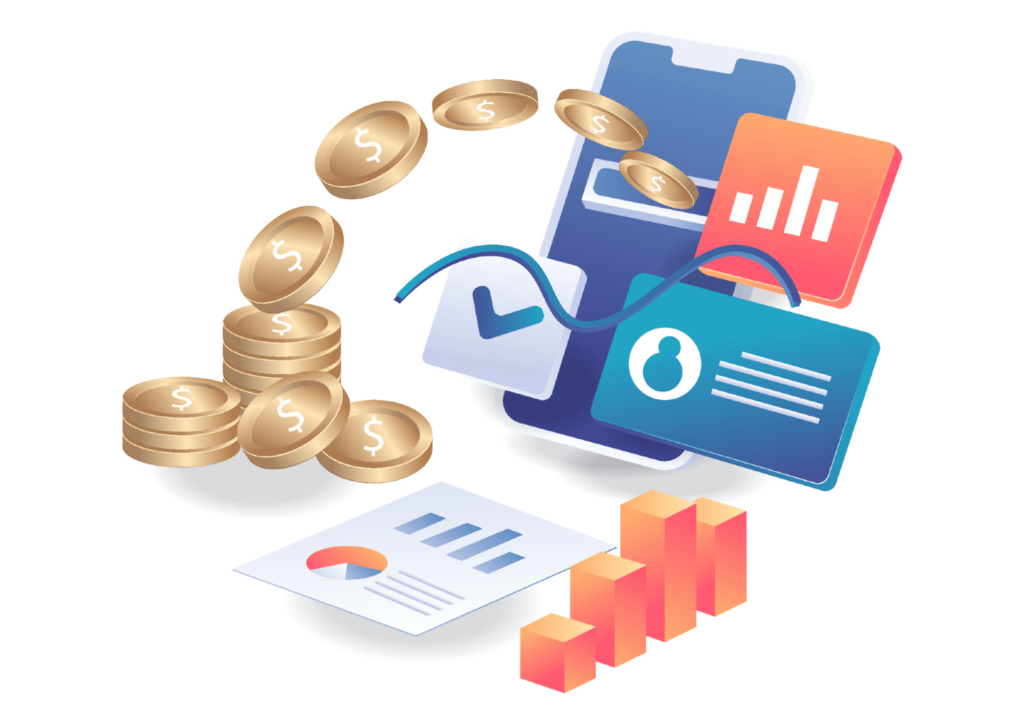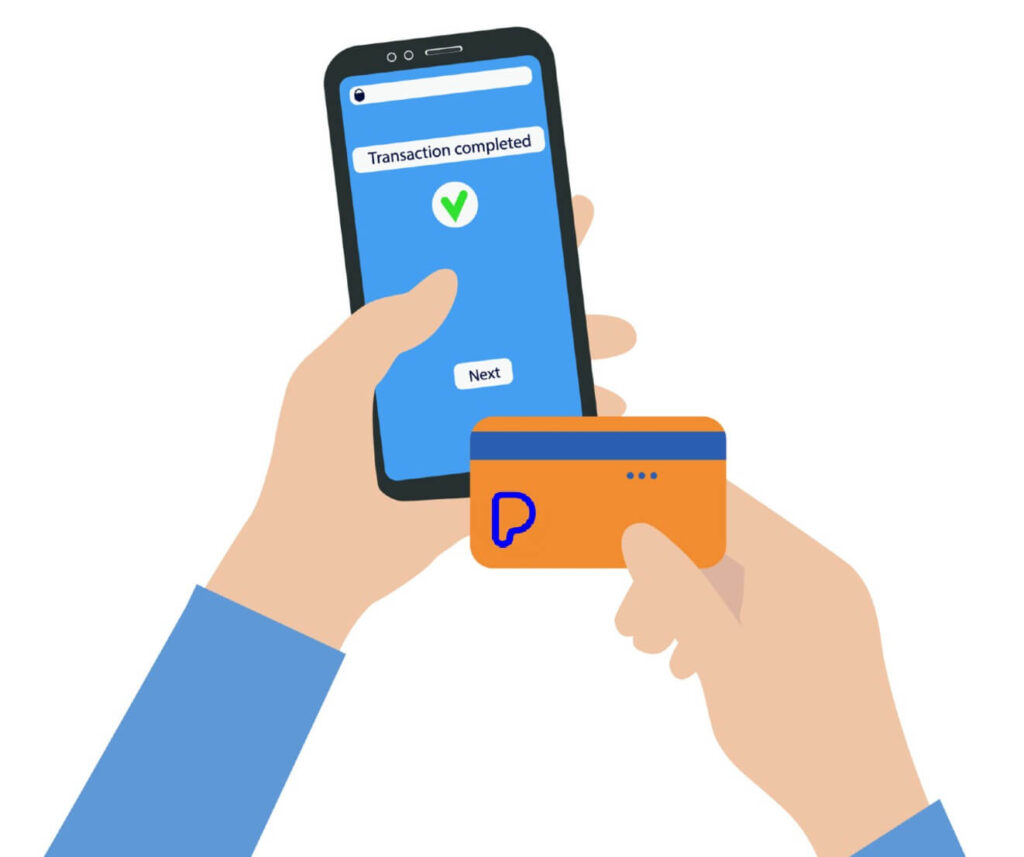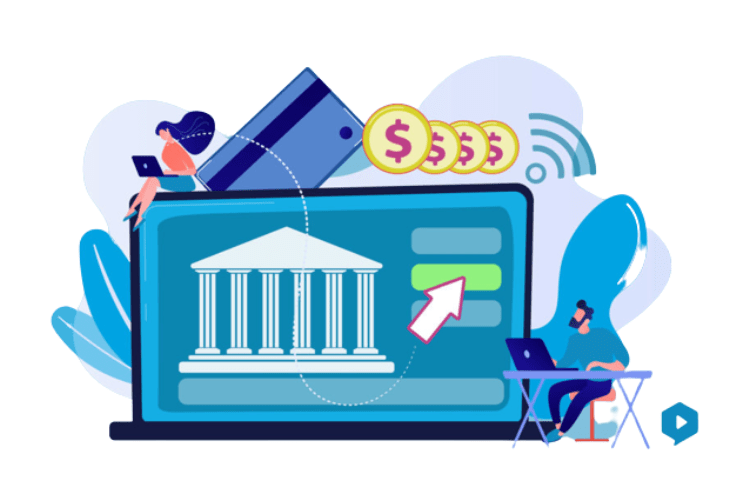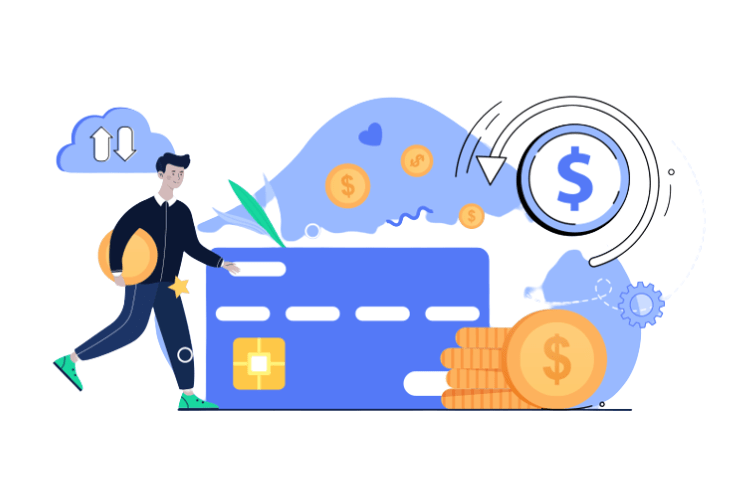Introduction
Faster payments have become an essential part of modern-day finance, offering a level of convenience that traditional payment methods simply cannot match. These electronic payment systems allow consumers and businesses to transfer funds instantly or within minutes, which can be particularly advantageous for time-sensitive payments. For instance, businesses can quickly pay suppliers for urgent orders or pay employees instantly, ensuring that operations run smoothly without delays. Faster payments have revolutionized the way we handle finances, making it easier to manage transactions, reducing transaction times and improving cash flow. Additionally, faster payments have contributed to the growth of e-commerce, enabling consumers to make online purchases instantly and securely.
What Are Faster Payments?
Faster payment systems have been introduced to address the limitations of traditional payment methods, which can be slow, inconvenient, and require excessive paperwork. With traditional payment systems such as wire transfers, the transaction process can take up to a week or more, depending on the country and the banks involved in the transfer. Checks, on the other hand, may take days to clear and require manual processing, which can be time-consuming and inconvenient. Faster payment systems eliminate the need for such outdated payment methods, making transactions faster, more convenient, and secure.
Real-time payment systems are the most popular type of faster payment system, providing immediate transfer of funds between parties. Real-time payment systems are used for a variety of transactions, including P2P transfers, online purchases, and bill payments. They offer a simple and convenient way to transfer funds, with the transaction often completed within seconds. Near-real-time payment systems, on the other hand, offer a slightly slower transaction time of minutes or hours. Near-real-time payment systems are often used for business transactions and large payments that may require additional verification or approval. Despite the slight delay in transaction time, near-real-time payment systems are still much faster than traditional payment methods, making them a popular choice for businesses looking to improve their payment processes.
How Do Faster Payments Work?
Faster payment systems use a variety of technologies to facilitate speedy and secure transactions. These technologies include real-time payment systems, mobile payment applications, and online payment gateways. The basic process for faster payments involves the following steps:
Initiation:
The initiation stage is the first step in the faster payment process. The payer starts the payment using an appropriate payment method, which can vary depending on the payment system. For instance, for P2P payments, the payer can use a mobile app or an online banking system to transfer funds. For e-commerce transactions, a payment gateway may be used to process the payment. In each case, the payment method must be compatible with the payment system being used.
To initiate the payment, the payer must provide information about the recipient, such as their name and account number. The payer may also need to specify the amount to be transferred, and any additional information required by the payment system, such as a reference number or a description of the payment. The initiation stage typically involves a series of validation checks to ensure that the payment details are correct and the payer has sufficient funds to make the transfer.
Authorization:
Once the payment has been initiated, the authorization process begins. This involves verifying the payer’s identity and checking if they have enough funds in their account to complete the payment. The authorization process can be done using various methods such as passwords, biometric authentication, or tokenization.
Passwords are the most common form of authentication used for online transactions. The payer enters a unique combination of characters, such as letters and numbers, to verify their identity. Biometric authentication is another method used to confirm the payer’s identity. It uses physical characteristics such as fingerprints or facial recognition to authenticate the payer. Tokenization is another method where a unique token is generated for each transaction, providing an extra layer of security.
Once the payer’s identity is confirmed, the funds are debited from their account. The authorization stage typically involves several security checks to prevent fraudulent activities and ensure the safety of the transaction.
Transfer:
The transfer stage is where the actual transfer of funds takes place. Once the authorization is complete, the payment is transferred to the payee’s account, usually within seconds or minutes. The transfer can be initiated through various methods such as direct account transfer or through a payment gateway.
Direct account transfer involves transferring the funds from the payer’s bank account to the payee’s bank account directly. This method is more common for P2P transactions. Payment gateways are used for e-commerce transactions, where the funds are transferred from the payer’s account to an intermediary account and then to the payee’s account. The transfer stage may involve several checks to ensure that the funds are transferred to the correct account and to prevent fraud.
Confirmation:
The final stage of the faster payment process is confirmation. After the transfer is complete, the payer and payee receive confirmation of the transaction. This confirmation can be sent via email, text message, or any other form of communication agreed upon by both parties.
The confirmation typically includes details of the transaction, such as the amount transferred, the date and time of the transaction, and any other relevant information. The confirmation is essential as it helps to ensure that both parties are aware of the transaction and can track the funds transferred. It also serves as proof of the transaction, which can be used for record-keeping purposes or in case of any disputes that may arise.
Faster payment systems are designed to be secure, convenient, and cost-effective. They use advanced security measures to protect against fraud and other unauthorized activities. They are available 24/7, making it easy to transfer funds at any time. Faster payment systems are often more cost-effective than traditional payment methods, such as wire transfers or paper checks.
Benefits of Faster Payments
Faster payments offer several benefits to consumers and businesses, including:
Speed:
Faster payment systems have the advantage of near-instantaneous transfer of funds, which can greatly reduce transaction times and improve cash flow. This means that the payee can receive funds in real-time, and the payer can see their account balance updated immediately. Faster payments are ideal for emergency situations, such as paying bills or making urgent payments, as they enable the transfer of funds quickly and conveniently.
Convenience:
Faster payment systems are available 24/7, which makes it easy to transfer funds at any time. This means that you don’t have to wait for business hours to make payments or transfers. They are accessible from any location with internet connectivity and can be initiated using various payment methods, such as mobile apps or online banking. Faster payments provide an added level of convenience as they eliminate the need for physical checks or bank visits.
Security:
Faster payment systems use advanced security measures to protect against fraud and other unauthorized activities. They use multi-factor authentication, tokenization, and encryption to ensure the security of transactions. These security measures reduce the risk of unauthorized access, identity theft, and other types of fraud. Additionally, the use of real-time monitoring and alert systems helps to detect and prevent fraudulent activities.
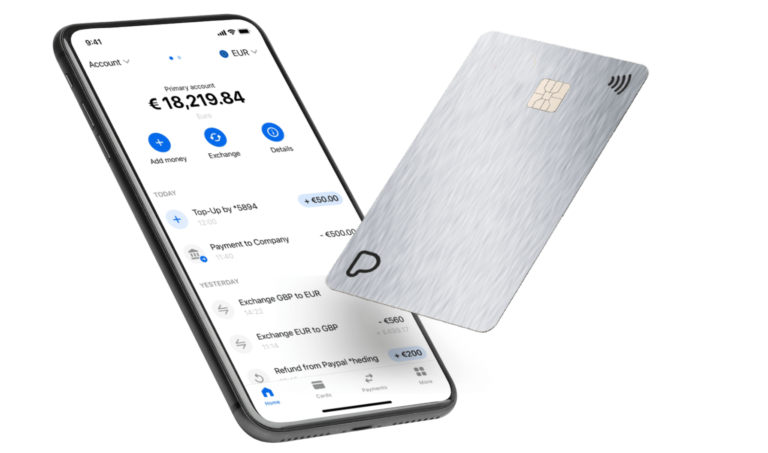
Cost-effectiveness:
Faster payment systems are often more cost-effective than traditional payment methods, such as wire transfers or paper checks. They offer lower transaction fees, which reduce the costs associated with traditional payment methods, such as courier services and paper handling. Faster payments can also eliminate hidden costs associated with delayed transactions, such as late payment fees or interest charges. In addition, faster payments can reduce operational costs for businesses, as they enable faster collections, processing, and reconciliation of payments.
Accessibility:
Faster payment systems are accessible to a wider range of people, including those who are unbanked or underbanked. They can be accessed using mobile devices, online banking, or other payment methods. This means that anyone with internet connectivity can use faster payment systems to send or receive payments. The use of mobile payment applications has made it even easier for people without access to traditional banking services to participate in the digital economy. Faster payment systems have the potential to promote financial inclusion by providing greater access to digital payment solutions.
Faster payment systems have many applications in various industries, including retail, healthcare, education, and more. For example, Faster payments can help businesses keep up with their competition, as they allow for quicker turnaround times in terms of processing transactions. When businesses can accept and process payments faster, they can also provide better service to their customers, who can expect quicker delivery times, faster refunds, and overall better customer experience.
One of the benefits of faster payments is that they can also help businesses with their cash flow. Traditional payment methods, such as checks or wire transfers, can take days or even weeks to process, meaning that businesses often have to wait for the funds to become available. With faster payments, however, the funds are typically available almost instantly, which can be especially beneficial for businesses that are looking to manage their cash flow.
Furthermore, faster payments can provide significant cost savings for businesses, as they are typically more cost-effective than traditional payment methods. Wire transfers, for example, can be expensive, with fees ranging from €10 to €40 per transfer, depending on the bank and the transfer amount. By contrast, many faster payment systems have lower fees, making them a more cost-effective option.
Another benefit of faster payments is that they can help reduce fraud and other unauthorized activities. Traditional payment methods, such as checks, can be easily forged, leading to losses for businesses and individuals alike. By contrast, faster payment systems use advanced security measures, such as two-factor authentication and encryption, to protect against fraud and other unauthorized activities.
Faster payments can also help businesses reduce their administrative burden. With traditional payment methods, businesses often have to spend time and resources on tasks such as printing and mailing checks, reconciling accounts, and managing invoices. With faster payments, however, many of these tasks can be automated, saving businesses time and reducing the likelihood of errors.
Overall, faster payments can be an important tool for businesses looking to improve their financial performance and provide better service to their customers. By reducing transaction times, improving cash flow, and providing cost savings, faster payments can help businesses stay competitive in today’s fast-paced economy.
Conclusion
Faster payment systems are rapidly gaining popularity due to their ability to offer immediate payment transfers. This speed is critical in emergency situations, such as when you need to pay bills quickly or make an urgent payment. With faster payment systems, you can initiate a transfer within seconds, ensuring that the recipient receives the funds almost instantly, which is a huge improvement over traditional payment methods.
The convenience of faster payments cannot be overstated. They are available 24/7, which means that you can initiate transactions at any time, day or night. This convenience makes them an ideal payment option for businesses and consumers alike. You no longer have to wait for business hours to send or receive payments, making it easier to manage your finances.
Security is a top priority for faster payment systems. They employ advanced security measures, such as multi-factor authentication and encryption, to protect against fraud and other unauthorized activities. These security measures are continually being improved and updated to ensure that they stay ahead of any potential threats, giving you peace of mind that your transactions are secure.
Faster payment systems are more cost-effective than traditional payment methods, such as wire transfers or paper checks. They offer lower transaction fees and reduce the costs associated with traditional payment methods, such as courier services and paper handling. This can save businesses a significant amount of money in transaction fees, making it an attractive payment option for those looking to cut costs.
How Payine can help you
Payine is an electronic money institution (EMI) that is designed to cater to the specific needs of businesses (as well as individuals). It offers instant SEPA payments, which are a quick and secure way to send and receive funds across Europe. This feature is particularly beneficial for businesses that operate in multiple countries and have to deal with different currencies and banking systems. With Payine, businesses can make payments in the currency of their choice and the funds will be available in the payee’s account almost instantly. This can help businesses to streamline their payment processes and improve their overall efficiency.
One of the biggest advantages of Payine is that it allows businesses to pay and get paid quickly and easily. This can help businesses to avoid late payment fees and penalties, which can have a negative impact on their cash flow. By using Payine, businesses can ensure that their payments are made on time, every time, and this can help them to build stronger relationships with their suppliers and customers. This can ultimately help to improve the overall financial health of the business and support growth and expansion.
Payine also provides businesses with the ability to manage their payments and finances more effectively. The platform is user-friendly and provides businesses with real-time information on their payments and balances. This can help businesses to make informed decisions and stay on top of their finances. With Payine, businesses can access a range of features, including payment tracking, smart batch payments, multi-currency support, making it a versatile and reliable payment solution for businesses of all sizes. So what are you waiting for open your account with Payine today!

